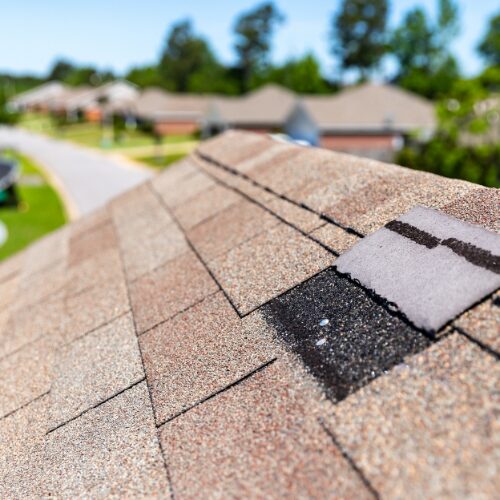Roof Insurance Claims: How Can I Get The Best Outcome?
Roof damage can be a stressful situation for any homeowner but understanding the roof insurance claim process can alleviate much of the frustration. Whether your roof has been damaged by a storm, hail, or another unexpected event, filing a roof insurance claim could save you thousands of dollars in repairs.
However, the process can be complex and often requires homeowners to navigate insurance jargon, document damage thoroughly, and coordinate with both contractors and insurance adjusters. In this guide, we’ll break down everything you need to know to make sure your roof insurance claim goes smoothly.
Do I Qualify for a Roof Insurance Claim?
The first step in filing a roof insurance claim is knowing when it’s necessary. Not all roof damage qualifies for a claim, but certain signs are key indicators that you might need to act. The most common issues include missing shingles, leaks, and visible structural damage after severe weather.
While you might notice something obvious like water dripping into your home, other signs like granules in your gutters or sagging areas on your roof can also point to significant problems. A professional inspection will often reveal hidden damage that could worsen if left unattended, making early detection vital for a successful roof insurance claim.
Understanding the type of roof damage covered by your insurance policy is crucial. Most homeowners’ insurance policies will cover damage caused by unexpected events like storms, high winds, and hail. However, they typically exclude damage due to neglect or general wear and tear. For instance, if your roof is old and hasn’t been maintained properly, your insurance provider might deny your roof insurance claim, even if a storm damaged it.

Fire and vandalism are also generally covered, but natural aging and minor cosmetic damage aren’t. Homeowners should review their insurance policy carefully to know what is and isn’t covered, especially in areas prone to extreme weather.
How Do I File a Roof Insurance Claim?
Proper documentation is the backbone of any successful roof insurance claim. When damage occurs, it’s essential to gather as much evidence as possible to support your claim. Take clear, comprehensive photos and videos of the damaged areas from multiple angles. If you have pre-damage photos, use them to show a “before and after” comparison, as this can strengthen your claim.
Keep written notes about the event that caused the damage, including the date and specific weather conditions. Additionally, having a professional roofing contractor provide an assessment of the damage can lend credibility to your documentation and ensure you’ve captured all the issues that need to be addressed.
Once you’ve documented the damage, it’s time to contact your insurance provider to begin the roof insurance claim process. Make sure to do this as soon as possible, as delays can cause complications. When you call, provide your insurance company with all relevant details, including the date of the damage and any photos or documentation you’ve collected.
Some insurers may require you to fill out specific claim forms, while others might begin the process over the phone. Either way, early communication with your insurer is key to ensuring your roof insurance claim moves forward without unnecessary delays.
How Can I Maximize My Payout?
One of the most crucial steps in the roof insurance claim process is the inspection. After filing your claim, your insurance company will likely send an adjuster to inspect the damage. It’s a good idea to also have your own roofing contractor present during this inspection to provide an independent assessment of the damage.
A local roofing contractor can ensure that the adjuster accurately records all the damage, especially areas that might not be immediately visible, such as roof decking or insulation damage. Having two sets of eyes on the damage helps to ensure that no important details are overlooked, which can make a big difference in the amount your roof insurance claim covers.
To get the most out of your roof insurance claim, partnering with a reputable roofing contractor is essential. A contractor experienced in dealing with insurance claims can act as your advocate throughout the process. They’ll ensure that the repair estimates submitted to your insurance company are fair and reflect the true cost of restoring your roof to its original condition.
This partnership can prevent your insurance provider from lowballing the payout, a common issue homeowners face. Not only can a roofing contractor help negotiate with the insurance adjuster, but they can also speed up the overall process, ensuring repairs happen sooner rather than later.
Once the adjuster completes their inspection, they will issue a report that outlines the scope of the damage and an estimated cost for repairs or replacement. This report is critical, as it forms the basis of your roof insurance claim. Homeowners must carefully review this document for accuracy. Make sure that all the damages you and your contractor identified are included in the report.
If the adjuster’s report undervalues the damage or excludes crucial repairs, you have the right to challenge it. With your contractor’s help, you can provide additional documentation or request a second inspection to ensure you receive a fair payout.
How Can I Avoid a Claim Denial?
Unfortunately, not all roof insurance claims are approved, and it’s not uncommon for homeowners to face rejection. If your roof insurance claim is denied, the first step is to carefully review the reasons provided by your insurance company. Often, claims are denied due to technicalities in the policy, such as damage being attributed to neglect rather than an insured event. If you believe the denial is unfair, you can gather additional evidence and file an appeal.
In some cases, it might be necessary to bring in a public adjuster or legal representation to help negotiate with the insurance company. Persistence is key, and many denied claims can be overturned with enough supporting evidence.
Filing a roof insurance claim is often a time-sensitive process, and any missteps can lead to delays or even denial. One of the most common pitfalls homeowners face is filing their claim too late. Many policies have strict time limits for filing claims after the damage occurs, so it’s important to act quickly.

Incomplete documentation or inaccurate descriptions of the damage can result in your claim being delayed or outright rejected. To avoid these pitfalls, make sure all your paperwork is in order, and don’t hesitate to seek professional help from a roofing contractor to ensure your claim is as thorough as possible.
My Roof Insurance Claim Was Approved. Now What?
Once your roof insurance claim is approved, the focus shifts to making the necessary repairs or replacing your roof. It’s critical to choose a contractor who is experienced in working with insurance claims and will adhere to the scope of work outlined in the insurance report. Getting multiple quotes is a good idea, even if your insurance company provides a recommended contractor.
You want to ensure that the work is done to high standards and that you’re getting a fair price. After all, the goal is to restore your roof to its full functionality without compromising on quality or exceeding your insurance payout.
The roof insurance claim process isn’t complete until all repairs have been finished and the final paperwork has been submitted to your insurance provider. Make sure you inspect the completed work to confirm it meets the standards outlined in the claim.
Keep all documentation related to the repairs, including receipts and correspondence with both the contractor and insurance company, as these records may be needed for future reference. When the claim is finalized, your insurance company will close the case, but maintaining good records ensures you’re covered should any issues arise with the repairs later.
Trust RainTech To Help Maximize Your Claim!
Dealing with a damaged roof can be overwhelming, but knowing how to handle the roof insurance claim process can make all the difference. By documenting the damage, working with both your insurer and a trusted contractor, and avoiding common pitfalls, you can ensure that your roof insurance claim is handled smoothly and efficiently.
The key is being proactive—don’t wait until the damage worsens, and always make sure your home is adequately protected with a well-maintained roof. When you need expert guidance, companies like RainTech Roofing can help homeowners navigate the claim process and restore their roof to its best condition. Give us a call at (918) 449-1474 or contact us online to schedule your free estimate.
